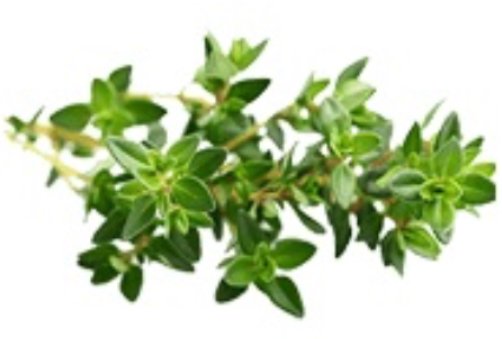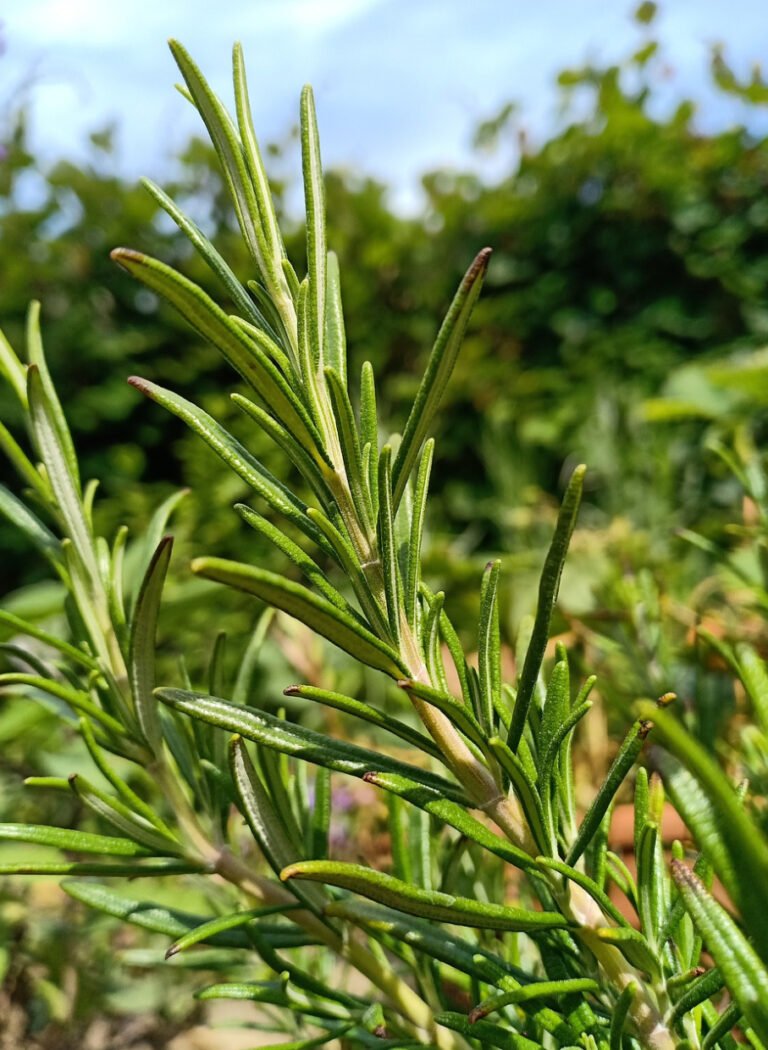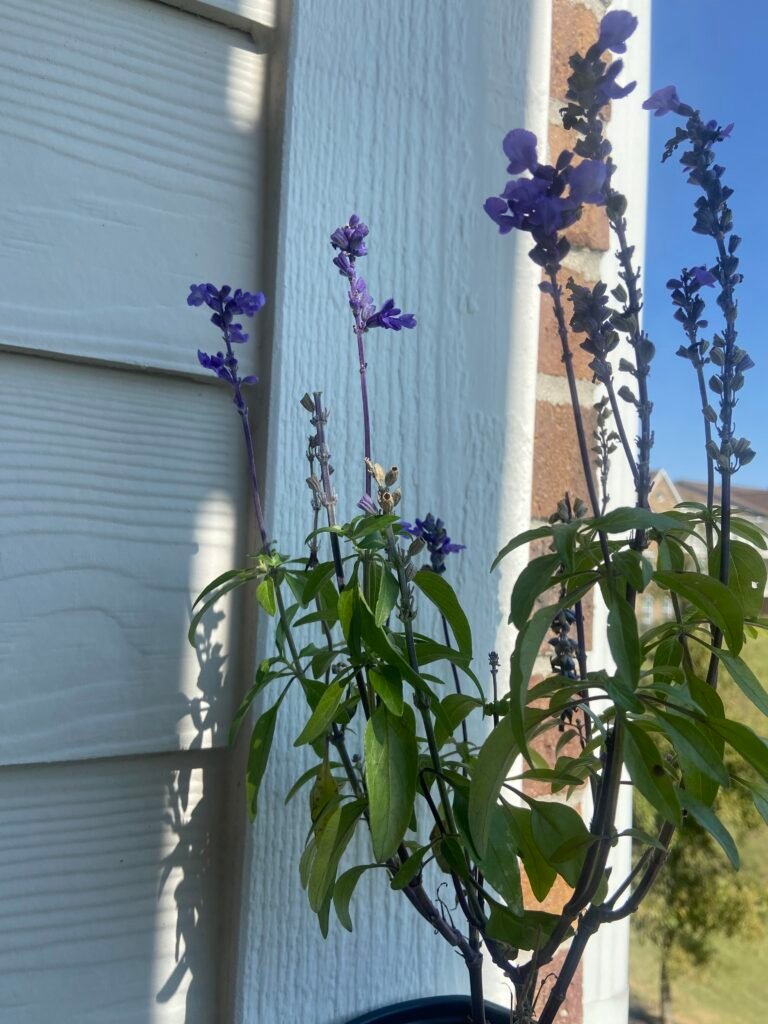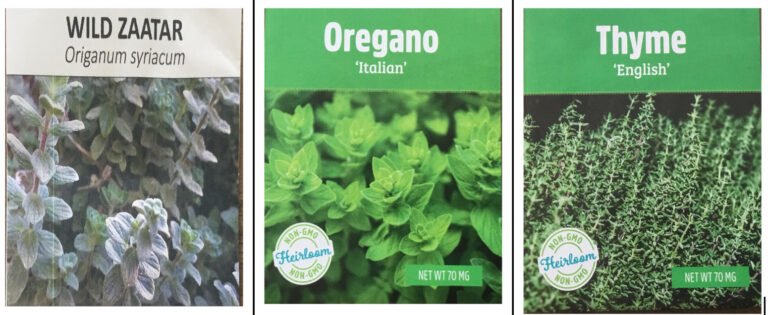Yellowing leaves on plants can happen for a number of reasons


Yellowing leaves on plants can happen for several reasons, and identifying the cause can help you adjust care to bring the plant back to health. Here are some common reasons why plant leaves turn yellow:
1. Overwatering or Underwatering
- Overwatering: This is a frequent cause of yellowing leaves, especially in houseplants. Overly moist soil deprives roots of oxygen, leading to root rot, which prevents the plant from absorbing nutrients. Symptoms include yellow, soft, or droopy leaves.
- Underwatering: When a plant doesn’t get enough water, leaves may also be yellow due to dehydration. These leaves might feel crispy or dry around the edges.
Solution: Check the soil before watering. If it’s dry about an inch below the surface, water the plant. If it’s still damp, wait a few more days.
2. Nutrient Deficiency
- Plants require different nutrients to stay healthy. Nitrogen deficiency is common and leads to yellowing leaves, especially older ones. Iron or magnesium deficiencies can cause yellowing between the veins of leaves.
- Nutrient deficiencies often occur if the soil lacks necessary nutrients or if the pH level is too high or too low, which affects nutrient absorption.
Solution: Add a balanced, water-soluble fertilizer according to the plant’s needs. Testing the soil pH can help determine if it’s within the proper range for the plant.
3. Lighting Issues
- Too Little Light: Many plants need adequate sunlight for photosynthesis. If they don’t get enough light, leaves can turn yellow and fall off.
- Too Much Light: Direct sunlight can scorch leaves, turning them yellow or brown.
Solution: Check the plant’s light requirements and adjust its position accordingly. For example, low-light plants may need to be moved away from bright, direct light, while sun-loving plants may need a brighter spot.
4. Temperature Stress
- Extreme temperatures can stress plants, causing yellowing leaves. Cold drafts or sudden temperature drops, particularly for tropical plants, can lead to leaf discoloration.
Solution: Keep plants in a stable environment, avoiding cold drafts, hot vents, or rapid temperature changes.
5. Pests and Diseases
- Pests like spider mites, aphids, or mealybugs feed on plant sap, which can cause leaves to yellow as they weaken. Diseases like root rot or fungal infections can also lead to yellow leaves.
Solution: Inspect the plant for signs of pests or disease, and treat accordingly. Mild infestations can often be managed with insecticidal soap or neem oil, while root rot may require repotting and removing affected roots.
6. Natural Aging
- Some plants naturally lose older leaves as they grow, especially lower leaves, which turn yellow and drop off over time. This is a normal part of their life cycle.
Solution: If only the older, lower leaves are yellowing and dropping, and the rest of the plant looks healthy, this is likely a natural process. No action is needed.
By identifying the specific cause, you can take steps to bring your plant back to health and prevent future yellowing. Regular care adjustments, observation, and a suitable environment are key to keeping plants thriving.





